Welcome to part five of our Spotlight on the Artists.
In each article I’ll be sharing a few of our contributors with you, telling you a little bit about their work and where you can see more. And of course, encouraging you to support our kickstarter campaign to get the book made!
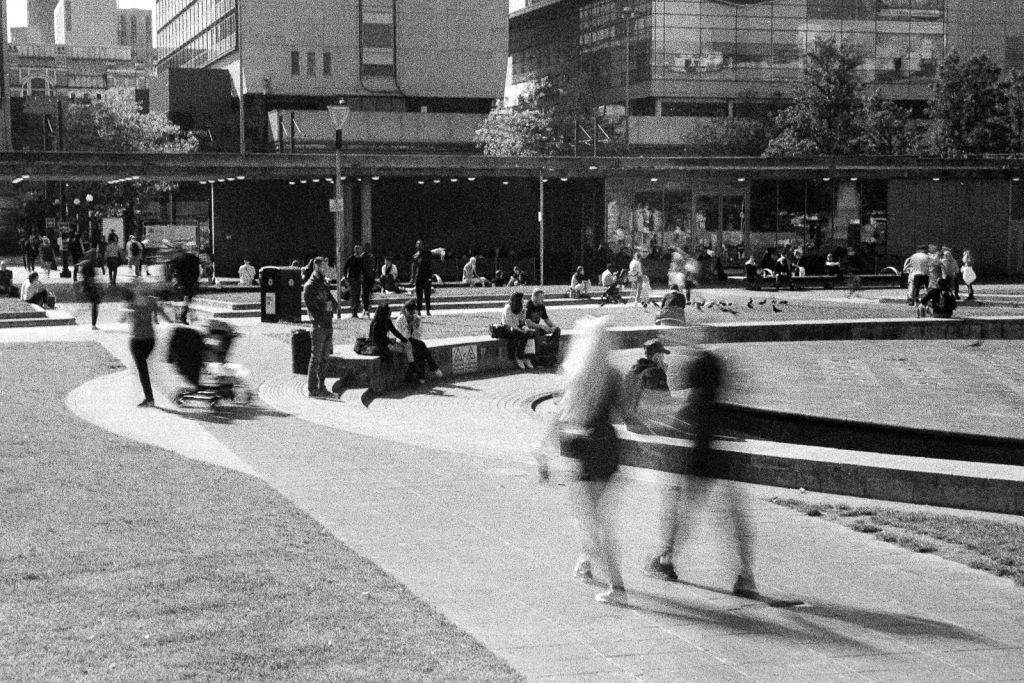
Mike Beard
Mike Beard is an event photographer in Manchester, UK. He also enjoys exploring other aspects of photography, such as photo projects, and runs a local analogue photography group. He discovered his love of slow shutter speed street photography while working on his Ghosts of Covid project in Manchester, UK. He wrote about that project in this 35MMC article.
“Ghosts of Covid had quite a morbid theme. I think my current work is a reaction to that and my own feelings about coming out of lockdown. So, I am currently capturing more positive images, using the blur to show the city alive again and full of people.”
You can see more of Mike’s work on his website
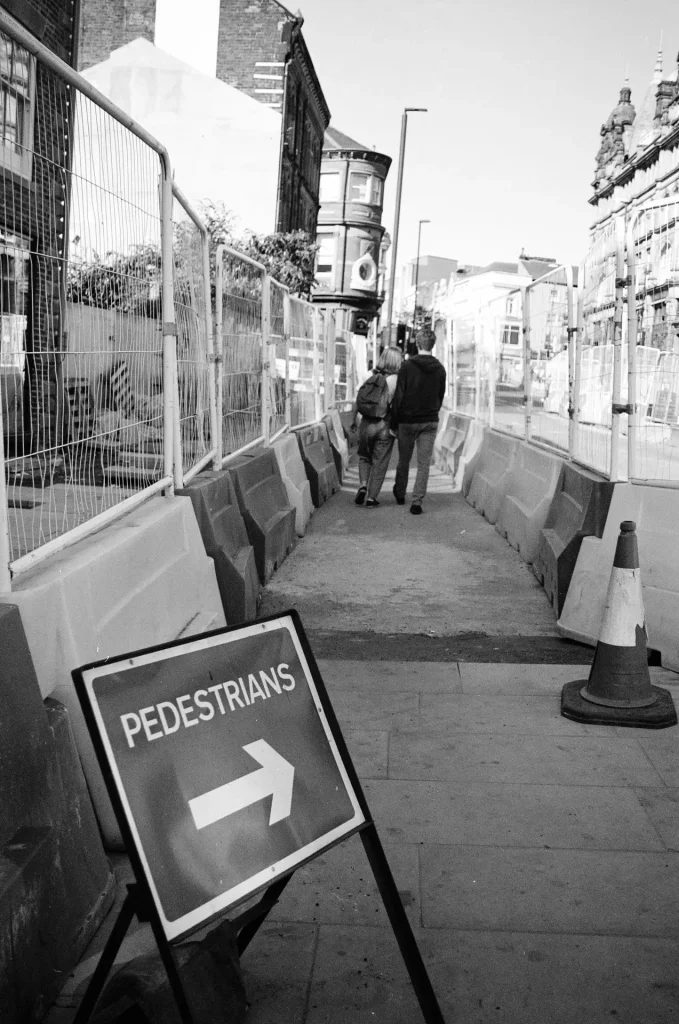
Peggy Marsh
Peggy is a British based photographer who has also lived in a number of countries around the far east.
“I keep trying to quit film photography. It is awkward, expensive, and sometimes disappointing. But then you find another beautiful camera, another interesting film, and the passion returns again. My main subjects are the things I see around me, the flora and fauna, the buildings and people. I tend to use a different camera each time I go out, my bag often having a few to choose from. I do have a few favourite cameras and one day I will stick to using those. For now, I am content to play the field.”
You can see more of Peggy’s work on her website and Instagram feed.
Morag Perkins
Morag is a UK based photographer, her work is at the top of the article.
“I work in a number of genres, but I am particularly drawn to macro and nature photography. I try to take an organic, experimental approach to photography, and very often I find it can be a meditative exercise for me. I spend much of my time exploring the tiniest details in my local area and I believe that it is not necessary to travel far to find something to photograph – every change in the light and the seasons will reveal something new.
I mainly work with film, although I sometimes experiment with a hybrid of analogue and digital techniques to generate new effects – my aim is to create work which is interesting and a little different. “
You can learn more about Morag’s work on her website.
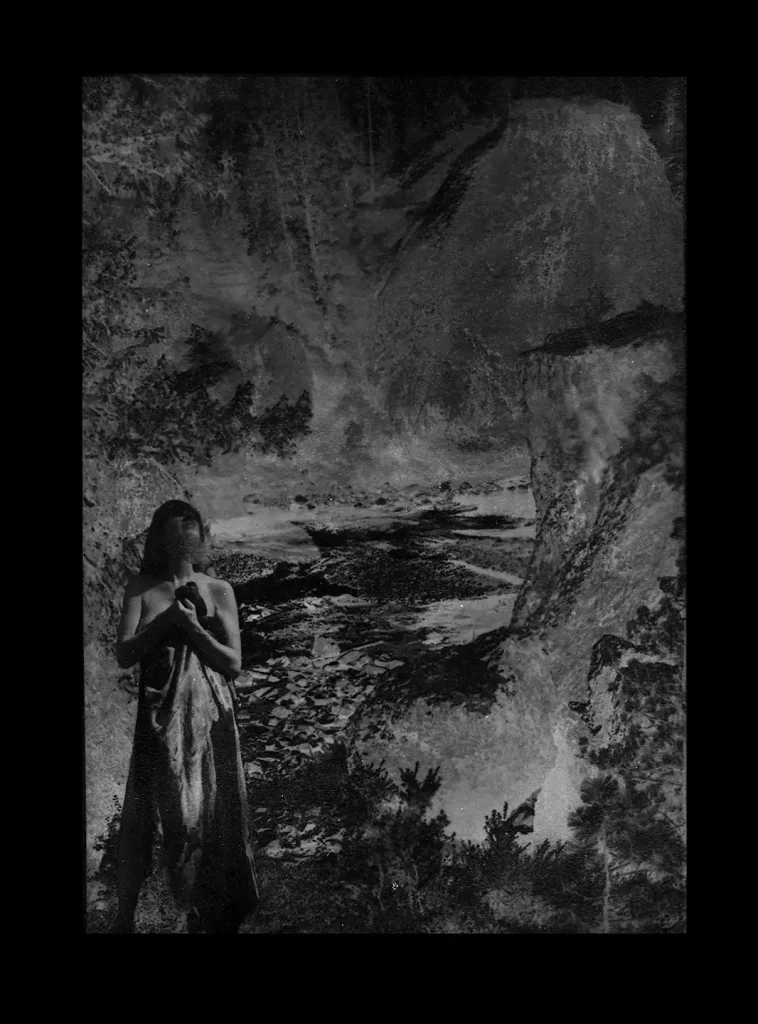
Gregory Roth
Gregory is a US based photographer who I discovered via the United Art Gallery.
“One of the privileges of being a long-time photographer is that I’ve gotten to grow with the industry. When I began in the 1950s and 60s analogue was all that was available to photographers. I have welcomed every new advance in photography, and I mourn the loss of some processes. I do not limit myself to just one way of doing photography. For me, the image is the most important consideration in what I use from our wondrous choices. I do not dislike digital photography as I see it to be just another form of creating an image. But I think of creating an image from its capture in an analogue format.
I’ve also taught photography for 30 plus years and have come to some unpopular conclusions. I call my approach to doing photography “Bare-naked Photography”. Before you get too excited, it does not require the photographer to disrobe. But it does require that the photographer remove several unnecessary encumbrances to making the image. I want both myself and my student to experience the making of the image; I also call my classes “experiential” photography.
Typically, I work with a large-format film camera. Both for myself and my students the slowing down and attention to the image proves to be a good meditation. One of my students wrote: “You slowed me down and taught me to photograph.” I compose on the ground-glass. I don’t use a meter as it puts an unnecessary barrier between me and the image. I use the old film recommendations (the ones that came in the film box) for my initial aperture determination. I then look through the back of the camera to see if the low values are where I want them to be. For the shutter speed I use the reciprocal of the ISO that I determined by testing. I make whatever adjustments are necessary and shoot. In the darkroom I process in trays and use a green light to determine when the high values are where I want them. All and all this is photography by inspection which allows me to be intimately involved with the whole process—I don’t give away any part of the process. I have a really high success rate. “
Thank you for reading and let us know in the comments if you have any questions for our wonderful contributors!
The book is now funded, thank you everyone who has supported so far but please remember that this is the only planned printing and so if you would like a copy you will need to order through kickstarter before the campaign ends on the 25th December 2021!
Share this post:
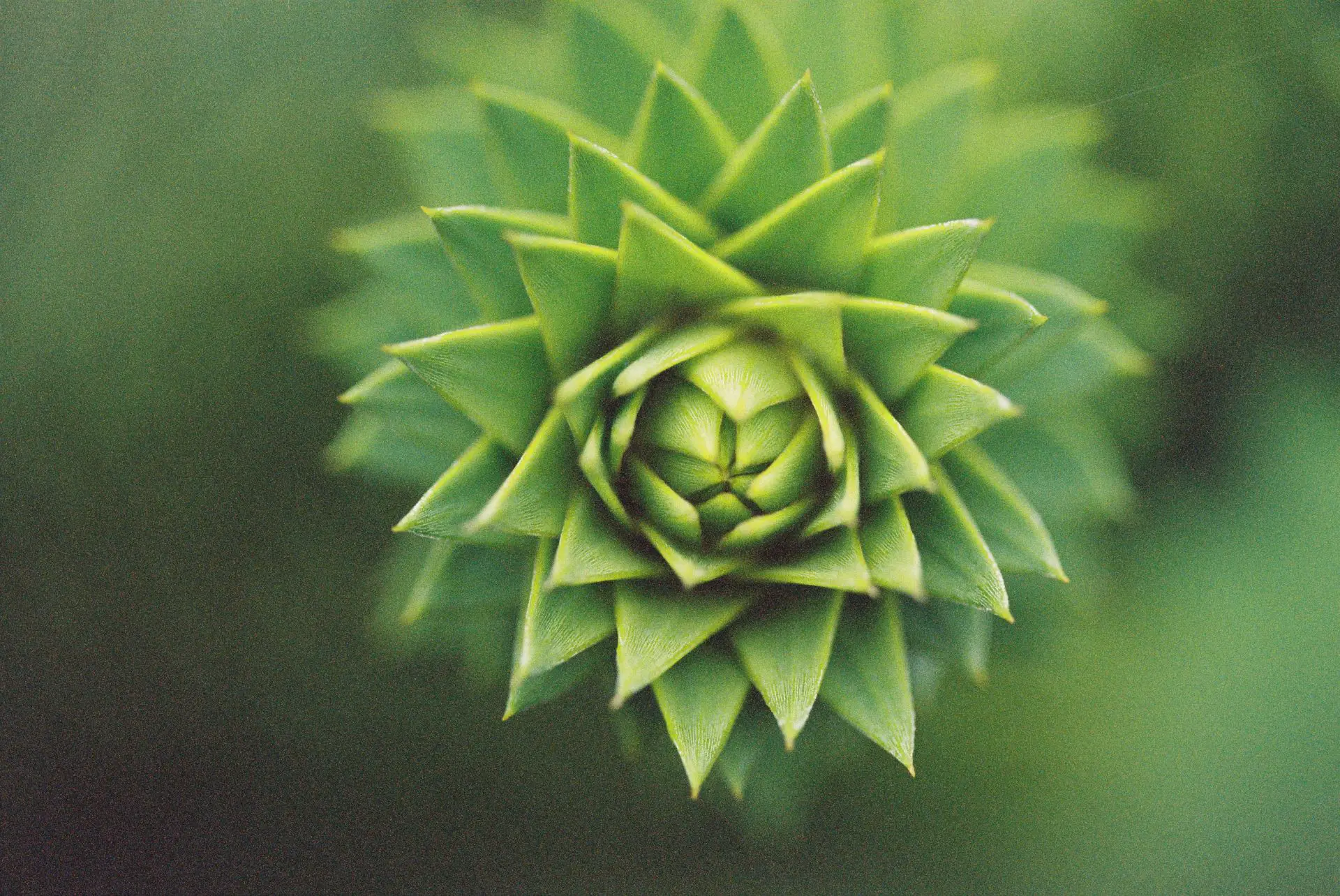
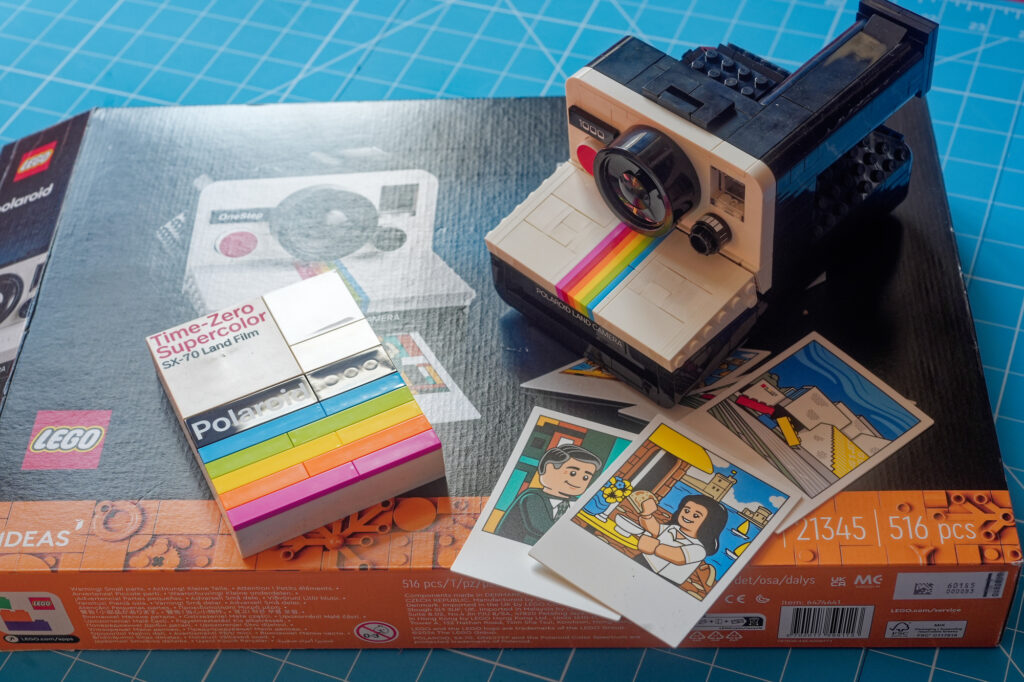
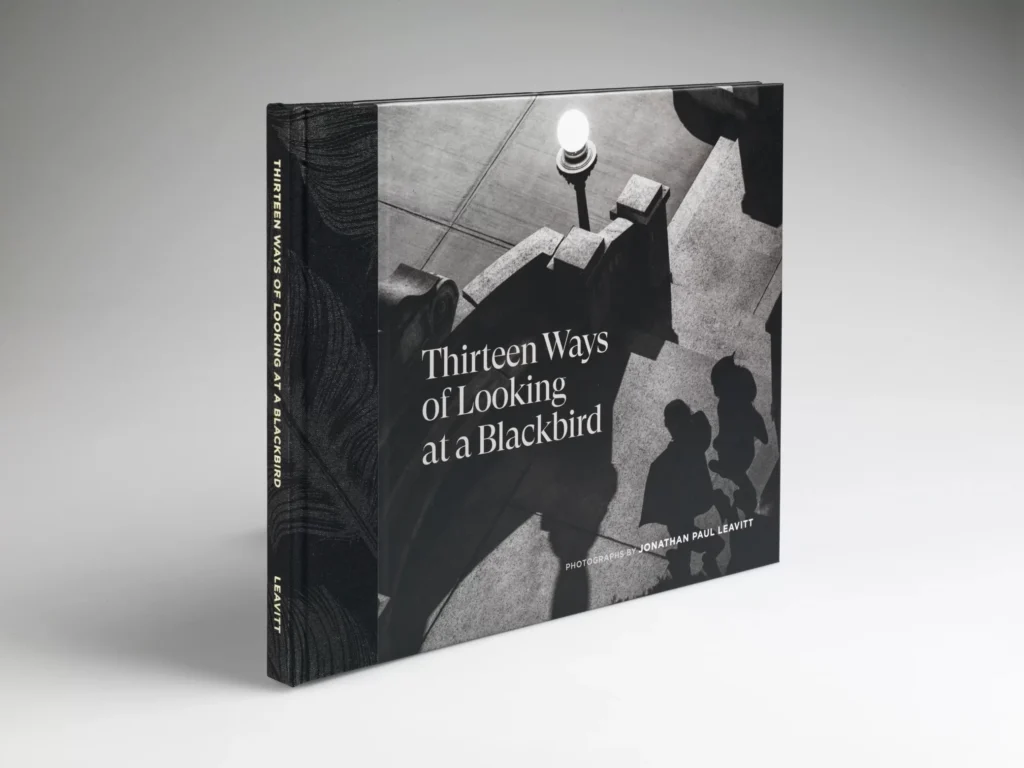
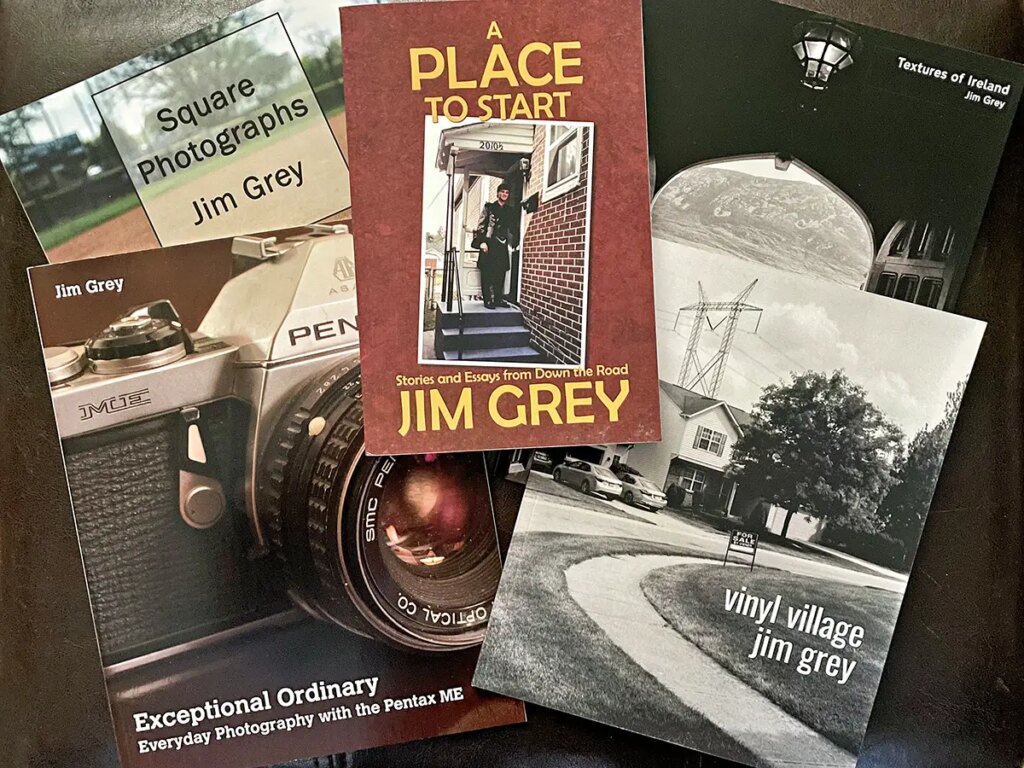
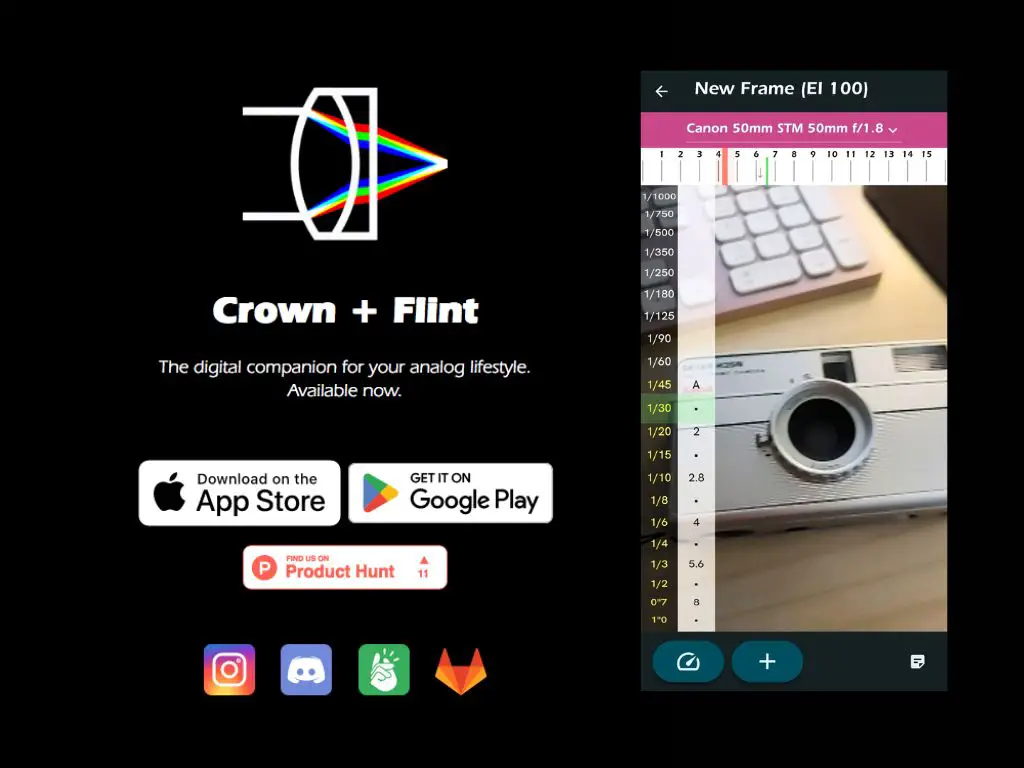




Comments
No comments found